Intriguing insects of Jakkur
The fascinating variety of intricate insects I came across in Bangalore, and interesting facts about each.
If all the insects were to disappear from Earth, within 50 years all life on Earth would end. If all human beings disappeared from the Earth, within 50 years all forms of life would flourish.
I find the intricate structures of insects fascinating and like observing them in real life. If I come across an intriguing looking insect, I try to get a picture. When I was living in Jakkur in Bangalore, India between 2018 and 2019, I came across a fascinating variety of insects. Here are some of them, whom I’ve tried identifying using Bing’s reverse image search and learn interesting facts about them.
Red cotton stainer
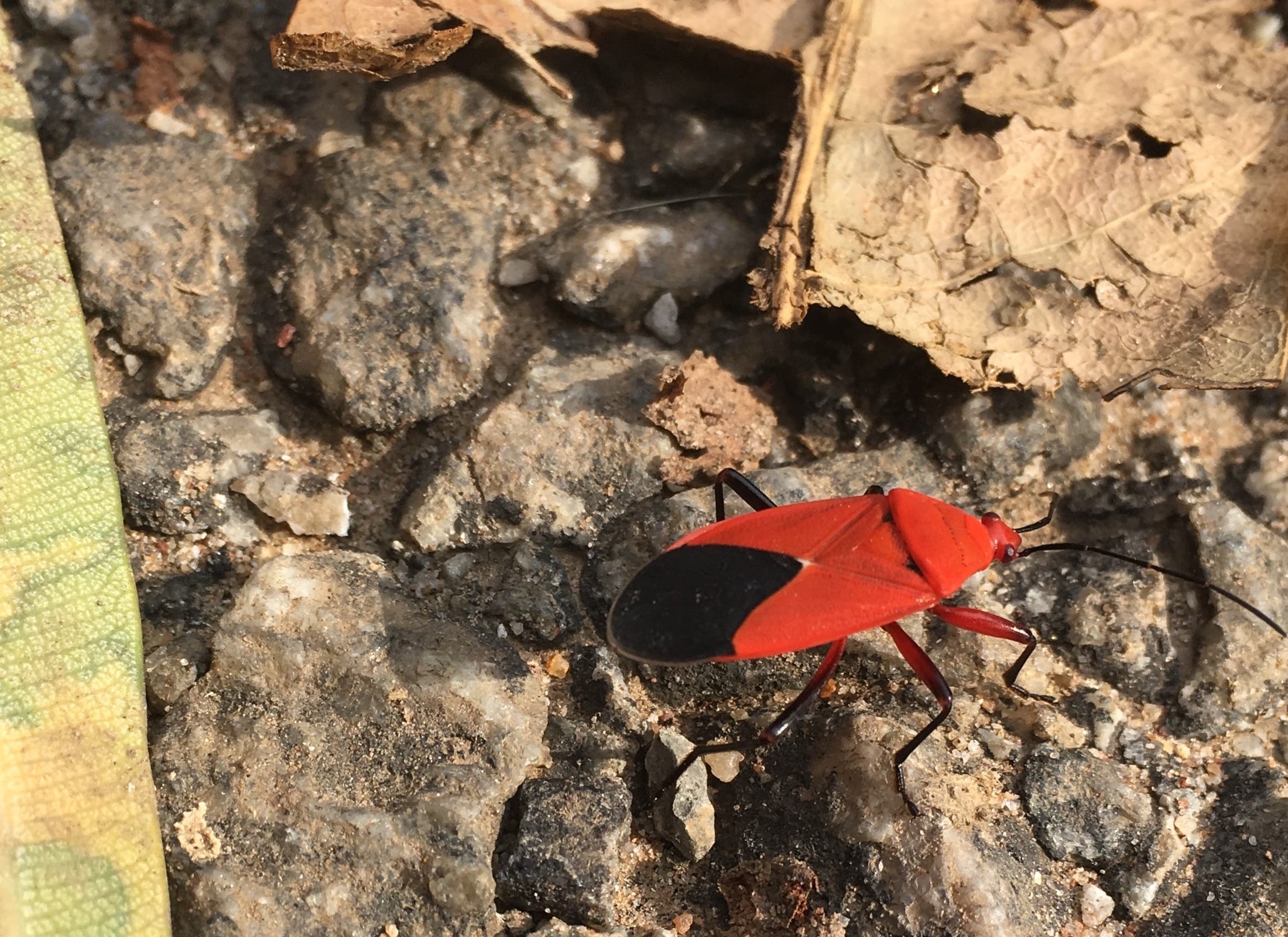
This red cotton stainer belongs to the category of true bugs. It’s called a cotton stainer because it’s a severe pest of cotton crops. Cotton stainers are also fond of citrus fruits but that is likely due to citrus and cotton often being grown in close proximity.
Here’s the insect firebug from the same family. They have really long mating periods that can last from 12 hours to up to 7 days.
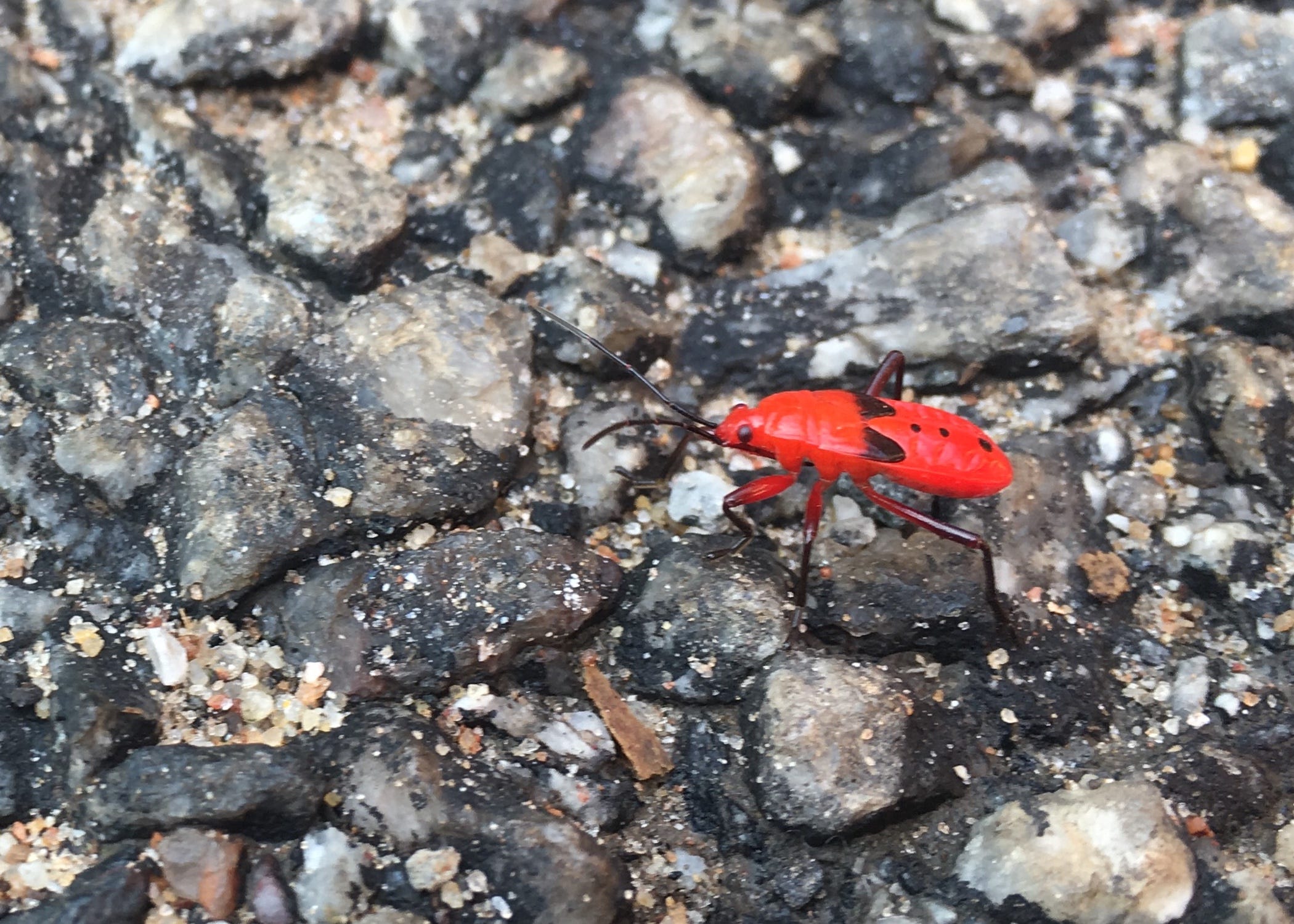
And here’s another true bug family member, seemingly a Boxelder bug in its nymph stage.
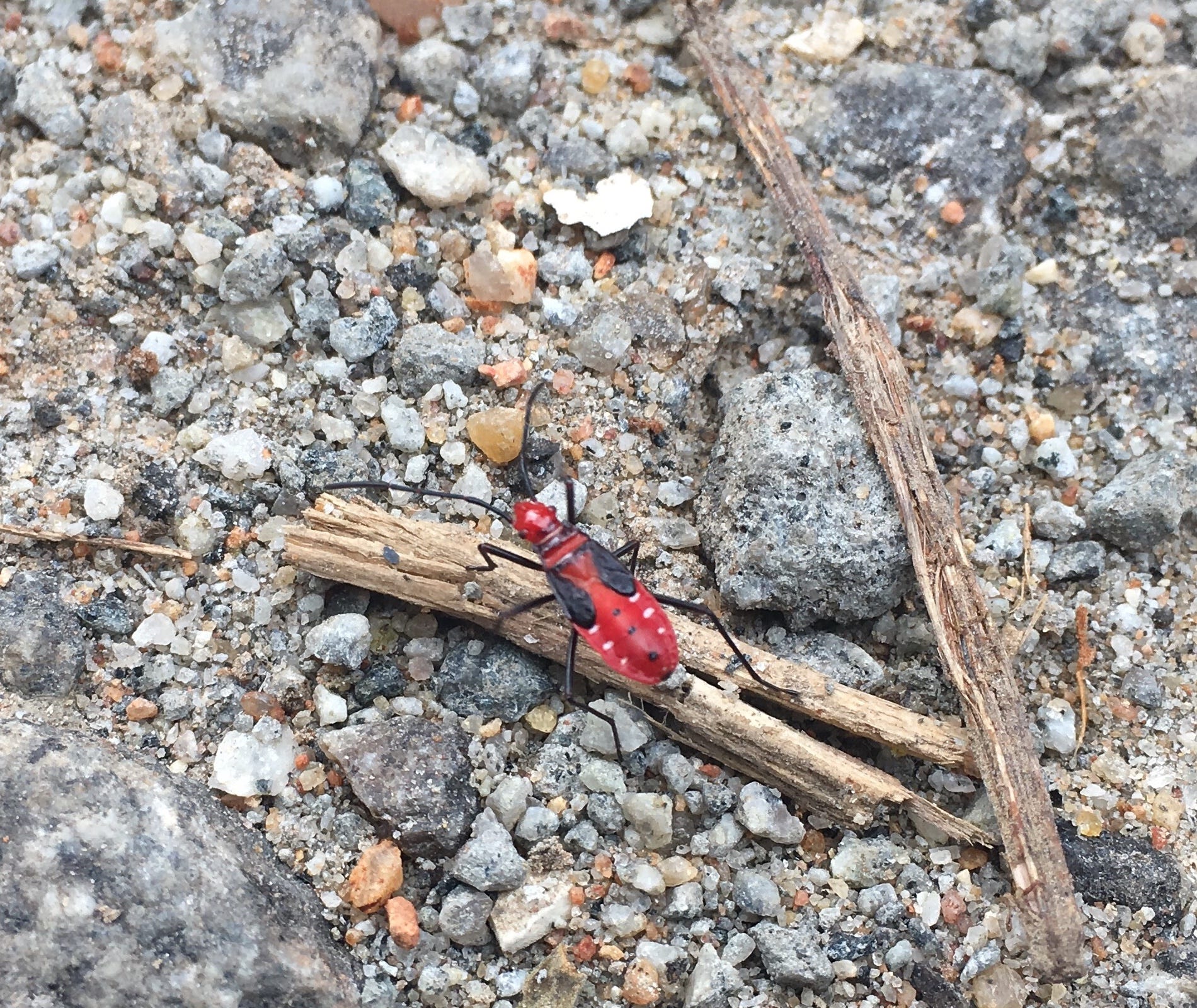
Green bush cricket
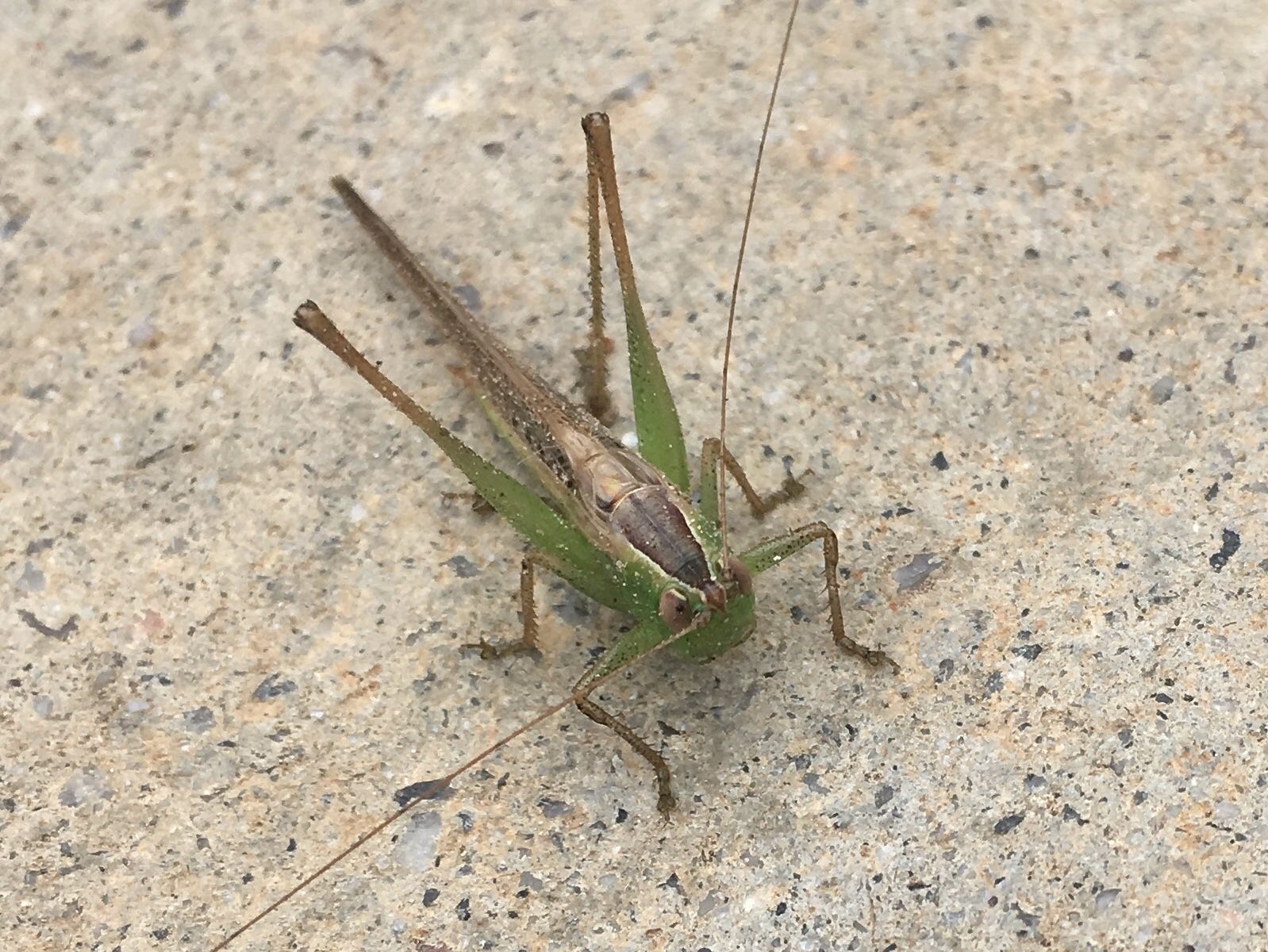
I had almost accidentally stepped on this little one. Not to be confused with a grasshopper, it’s a cricket. Those really long antennae are how you know it’s not a grasshopper. Green bush crickets use their antennae for a sense of smell and taste.
Swarming Locust

Locusts like this one are a species of short-horned grasshoppers. Like spiders, locusts are insects of solitude. However, under adverse conditions such as drought, they socialize for survival. Locusts are known to have a swarming phase and have caused many devastating plagues in history.
Two damselflies mating
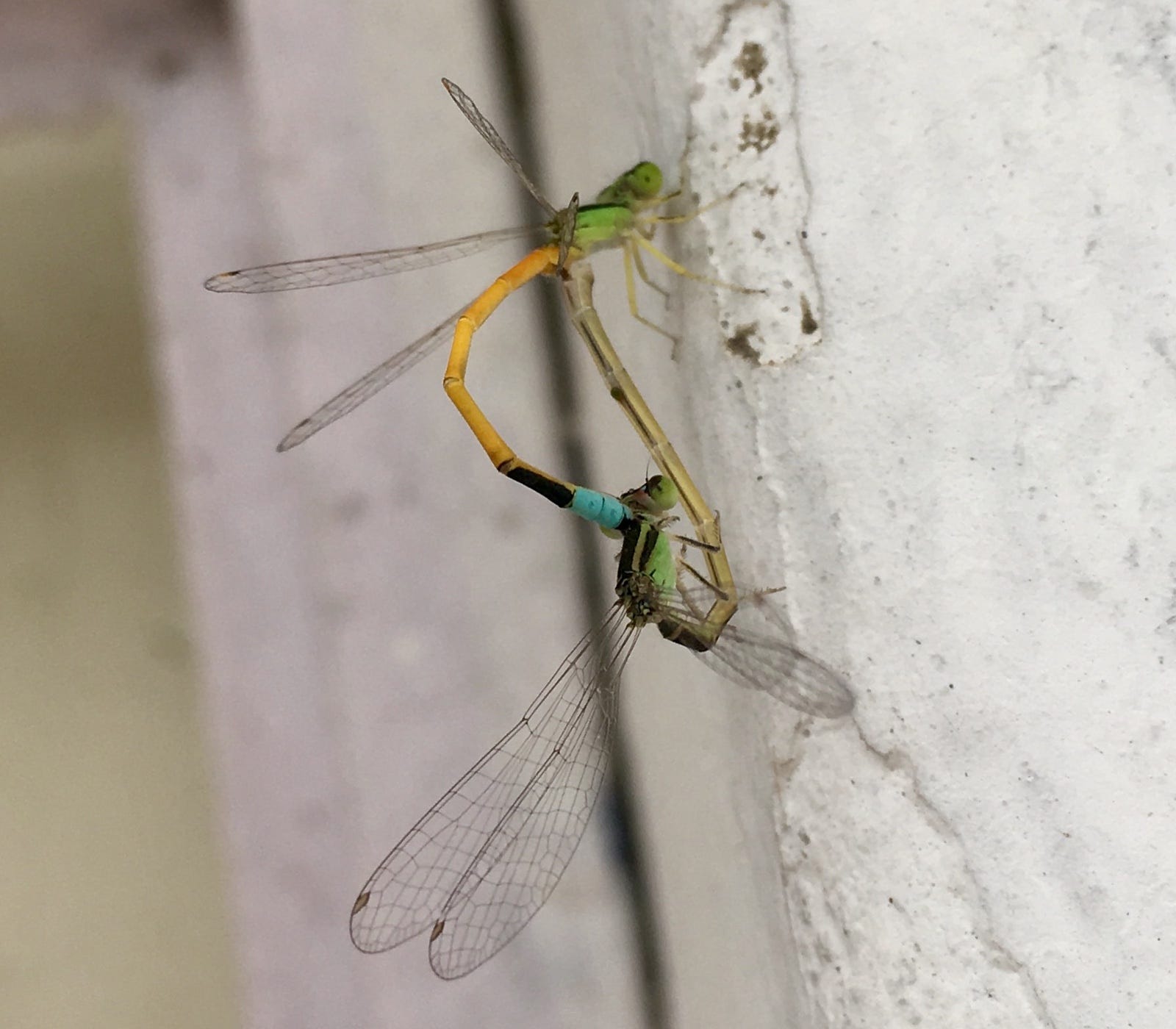
Related to dragonflies, damselflies are an incredibly successful species and have been around for more than 100 million years. This particular species is called the “Senegal Golden Dartlet” and is among the smallest damselflies around.
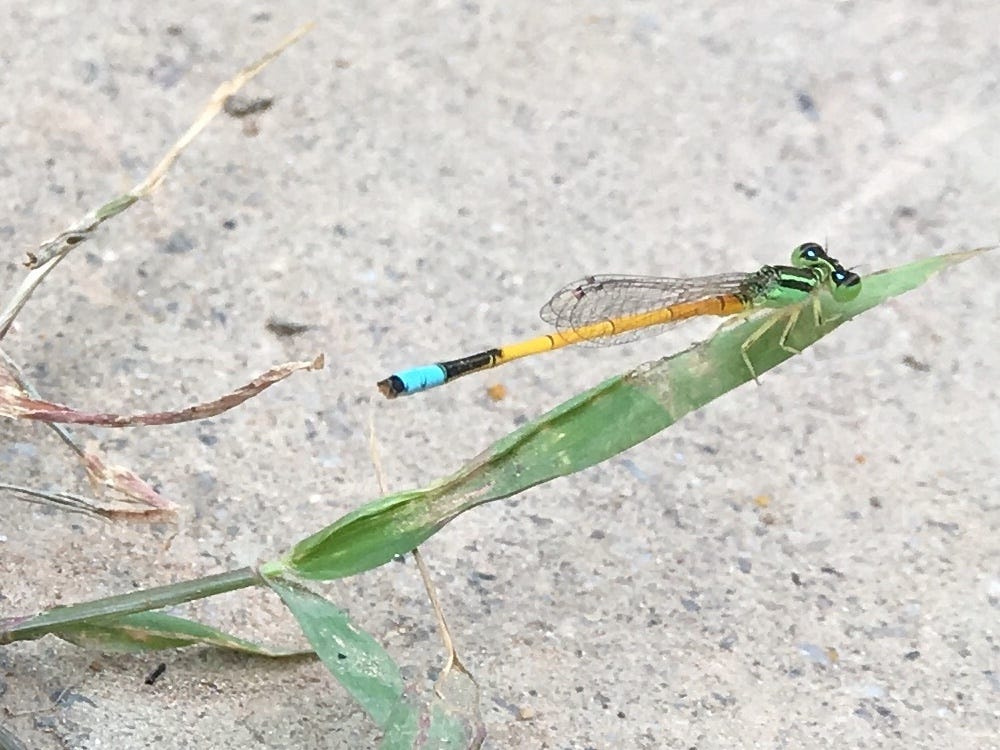
Black Carpenter Bee
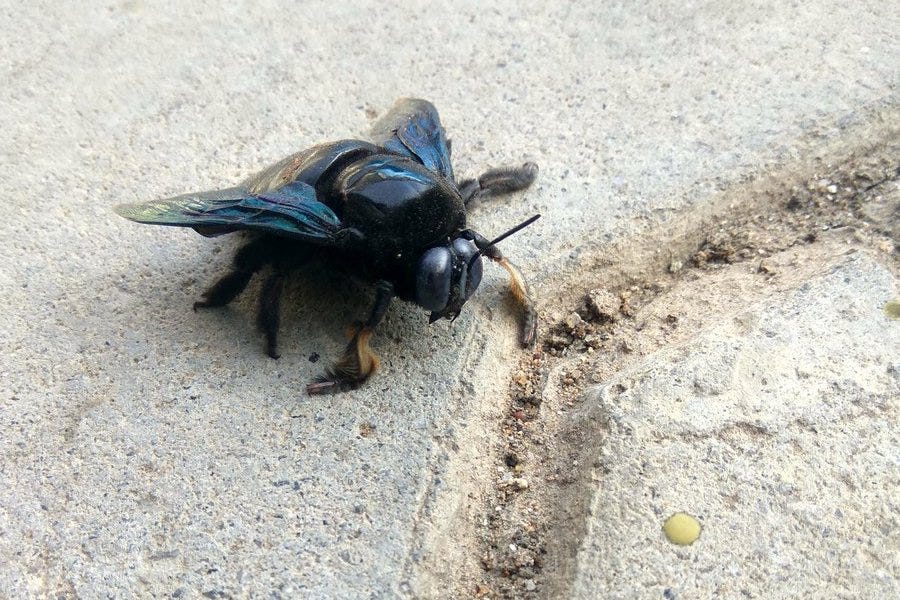
Black carpenter bees lay some of the largest eggs among all insects. They make nests by tunneling into usually dead wood or bamboo, by vibrating their bodies against the wood. Each nest has a single entrance but there maybe multiple adjacent tunnels.
Praying mantis
It’s always fun to spot a praying mantis, the fiercest predator in the insect world. They can even kill snakes.
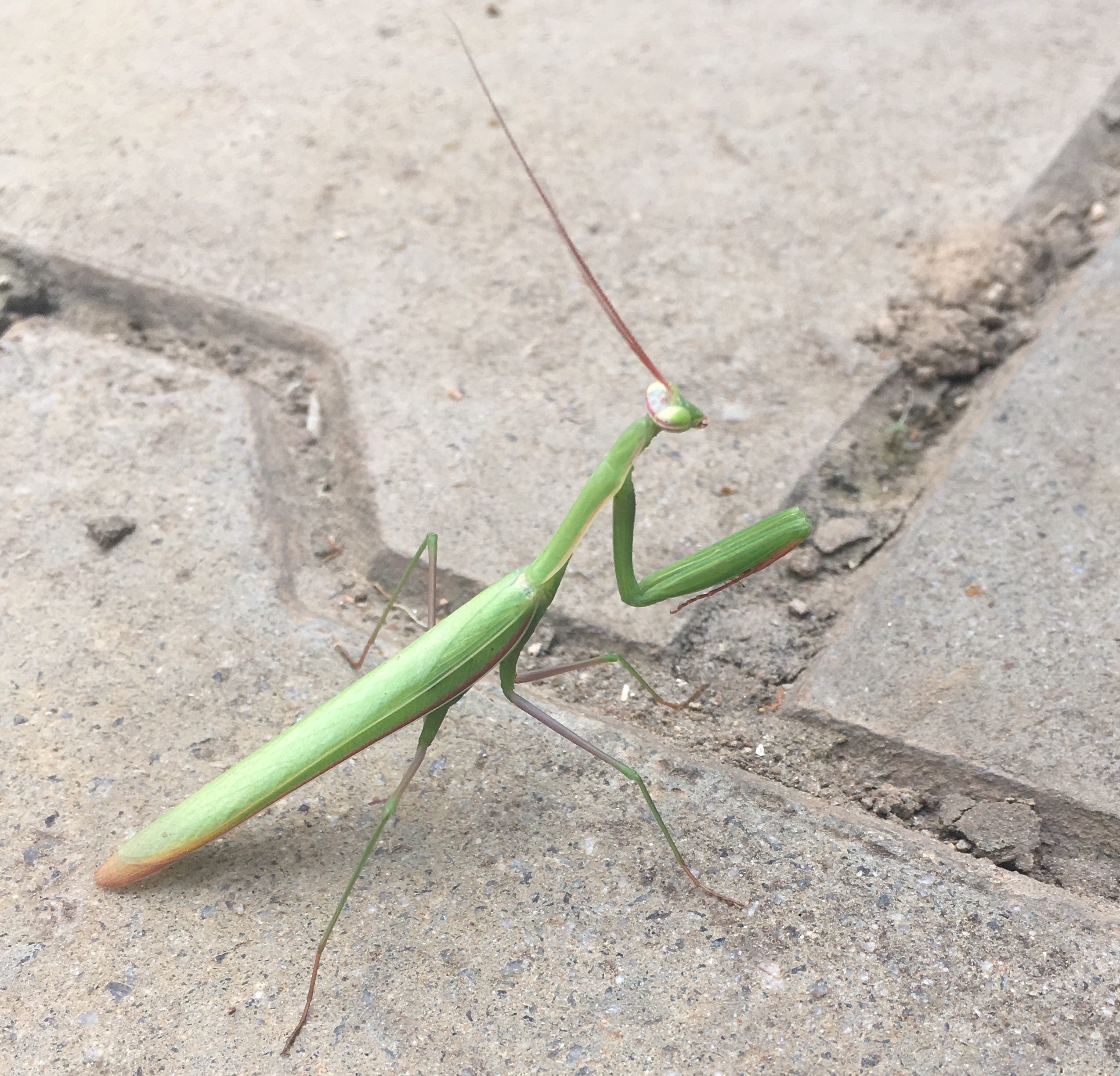
And here’s a wolf spider.
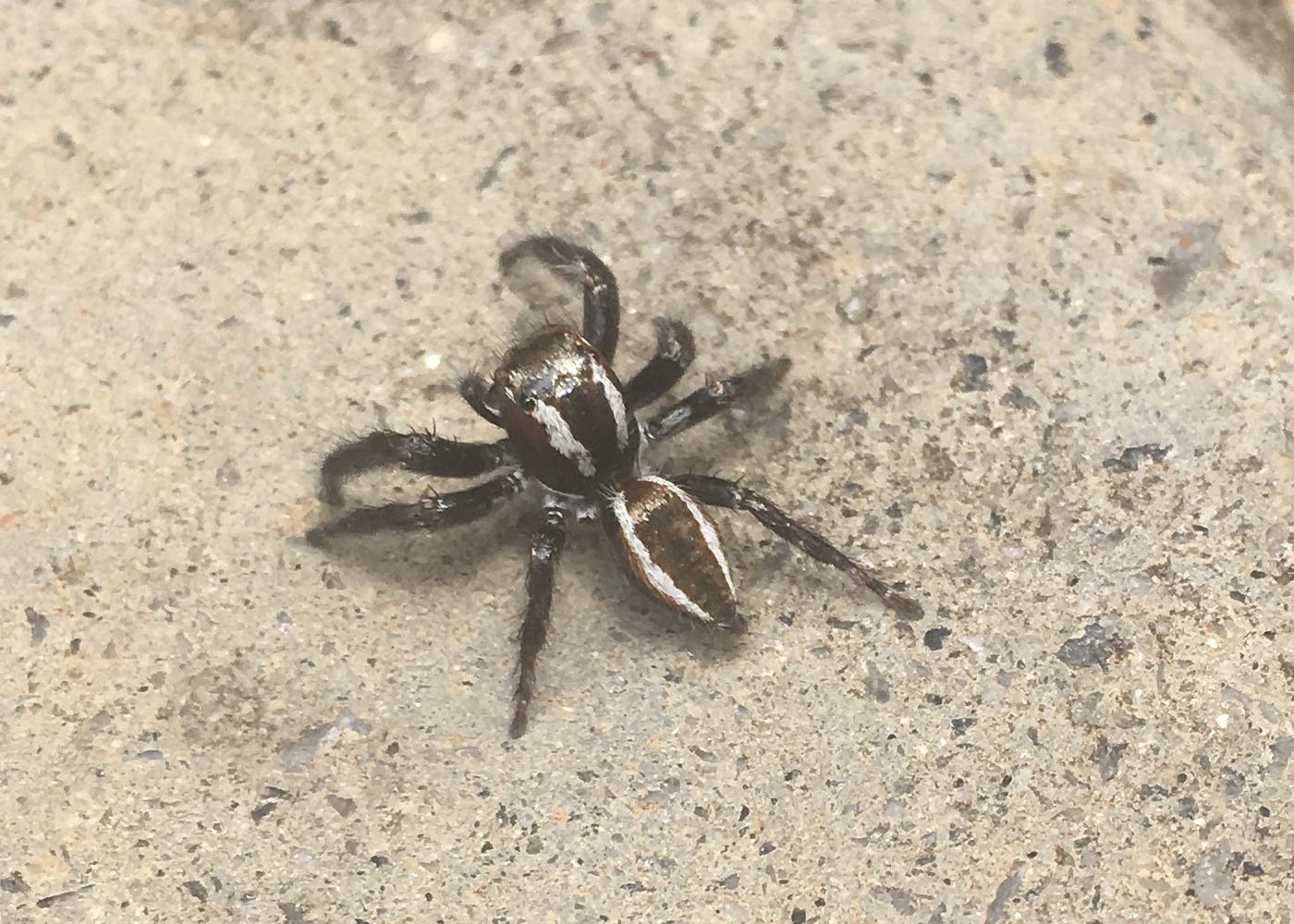
The first thing to know wolf spiders is that they don’t spin webs. Instead, they camouflage as barks or leaves to hunt their prey. Another interesting thing about them is that the young ones ride on their mother’s back until they can survive by themselves.
I also came across some interesting butterflies.
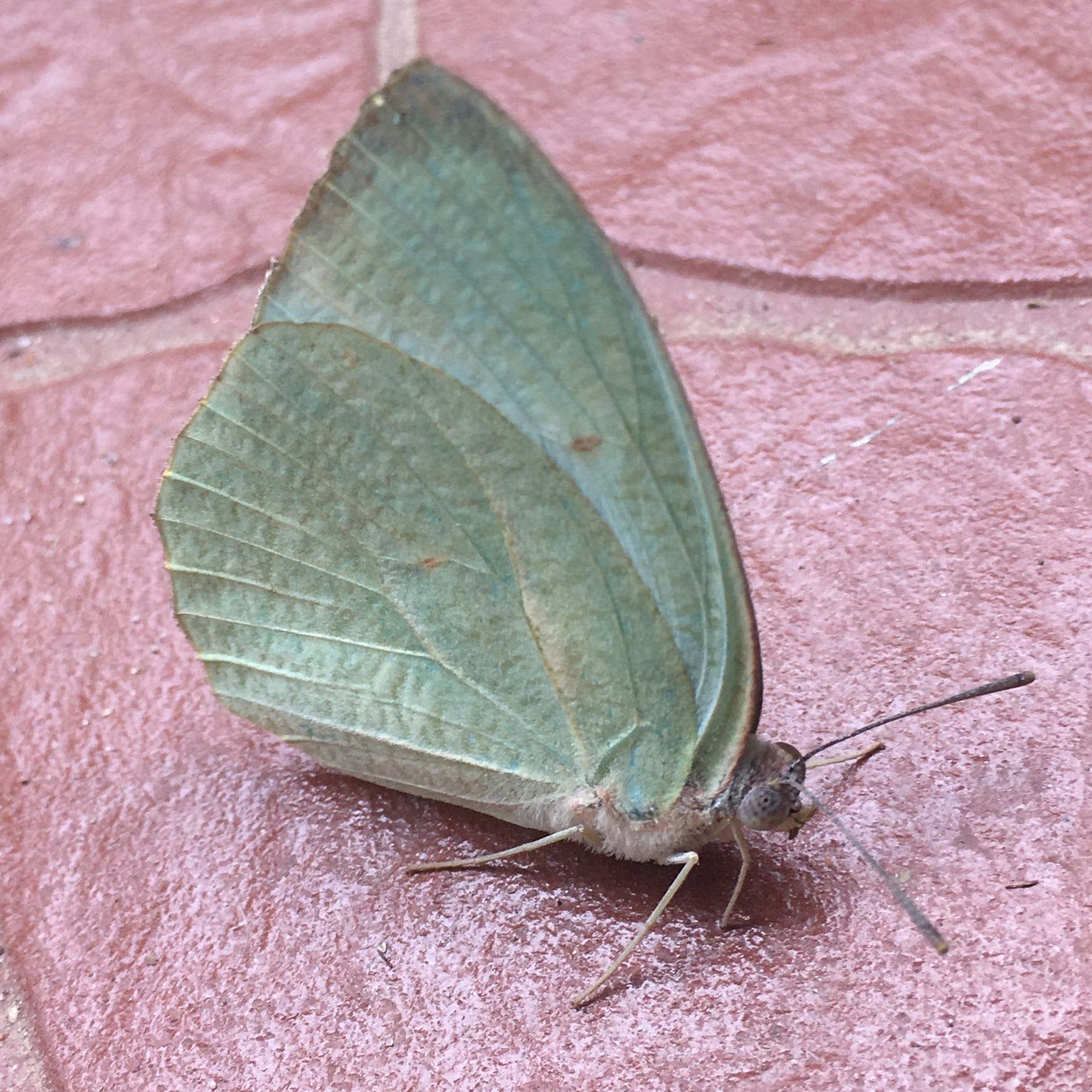
Interestingly, the pupae of this butterfly species Catopsilia pyranthe are found exclusively on the tropical plant species Senna occidentalis.
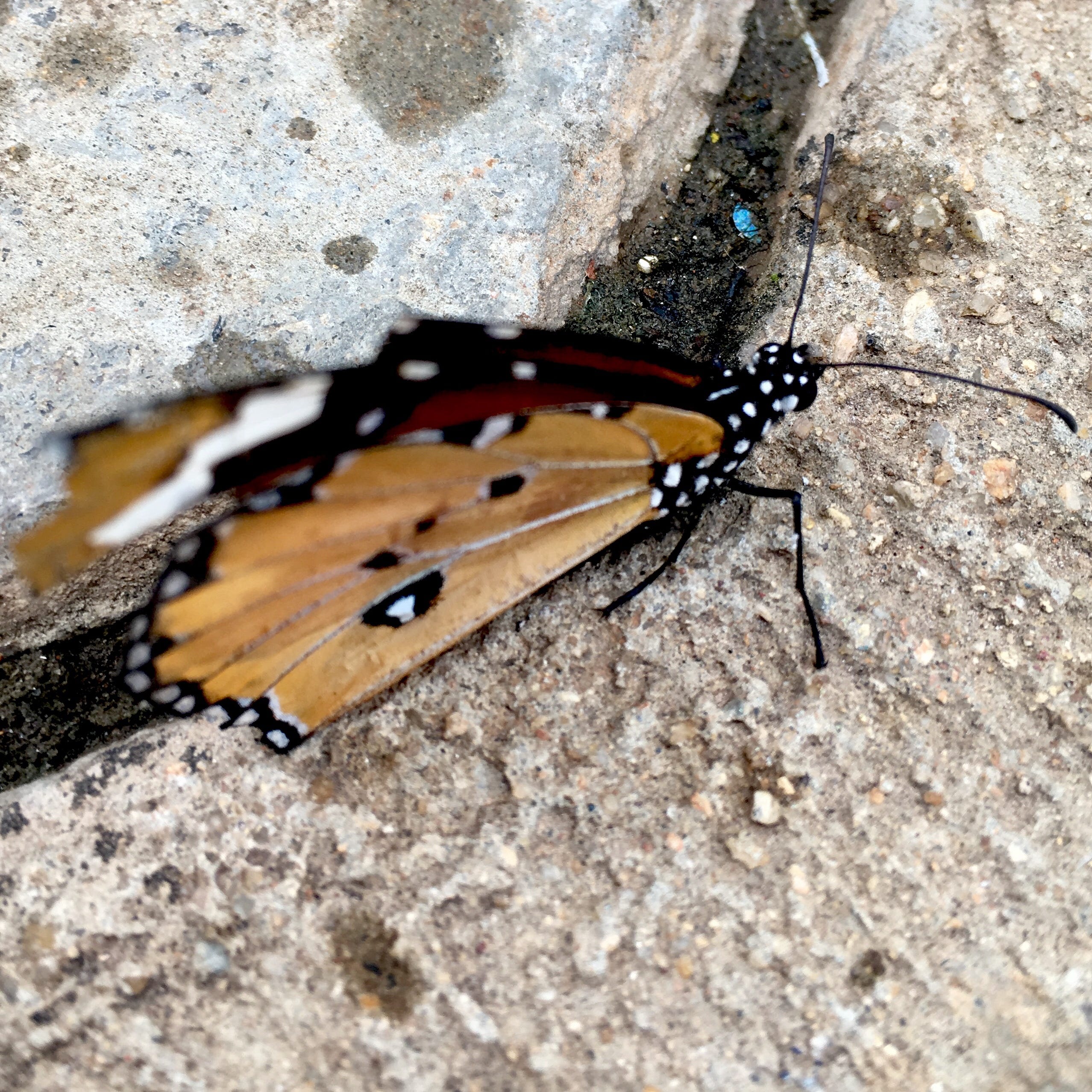
Called the African queen, its thought to be one of the first butterfly species depicted in ancient human art. A 3500-year-old Egyptian painting in Luxor features the oldest known illustration of this species. Another interesting thing about them is that because they are unpleasant to taste, their bright coloration warns predators that they are either distasteful or toxic. Combined with other deceiving mechanisms, such as those eye spots, the African queen has thrived through time.
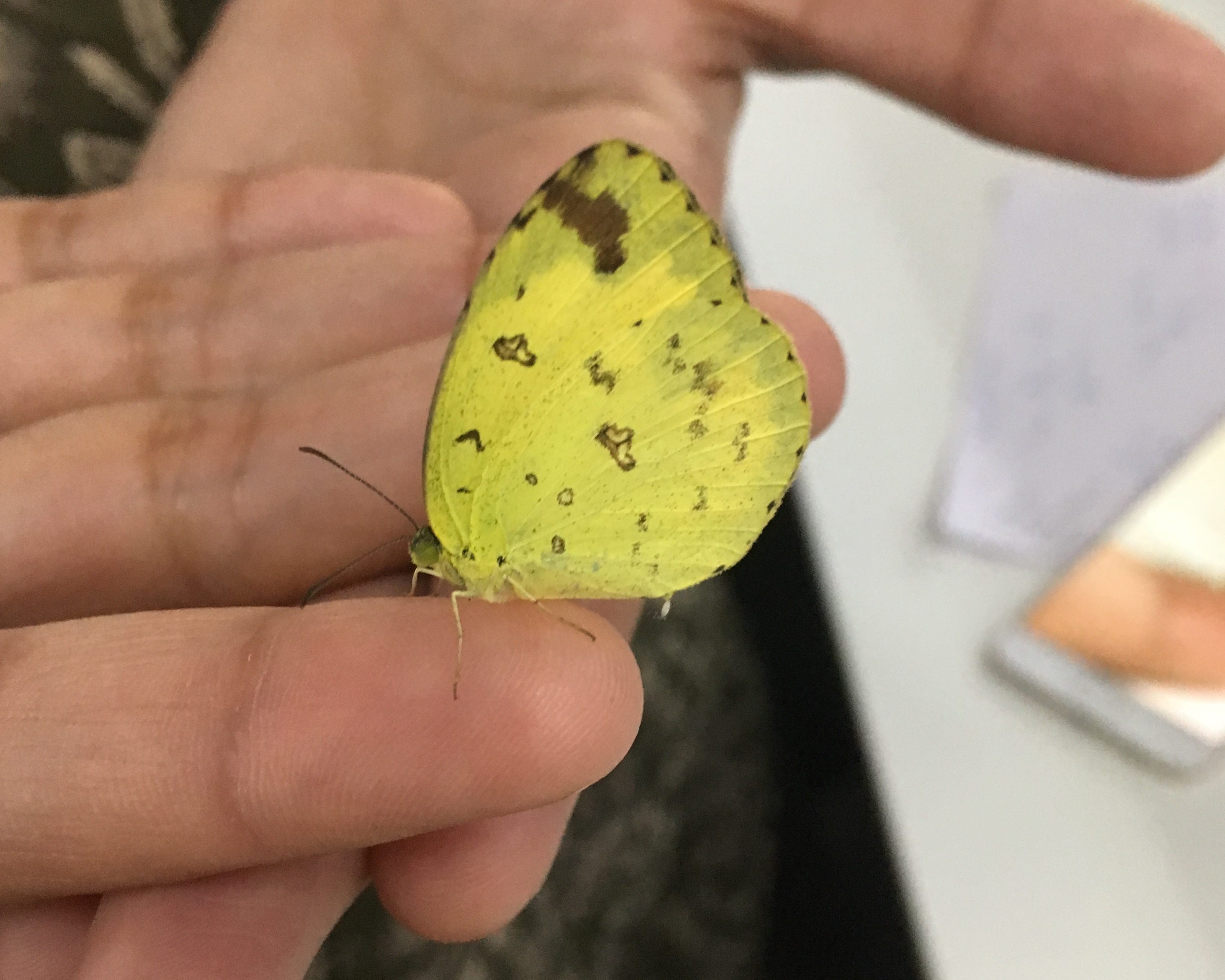
This little one belongs to the larger and highly successful Pieridae family of butterflies. The name “butterfly” itself is believed to have originated from a member of this larger family.
I hope you enjoyed seeing and knowing about these little insects from Jakkur.